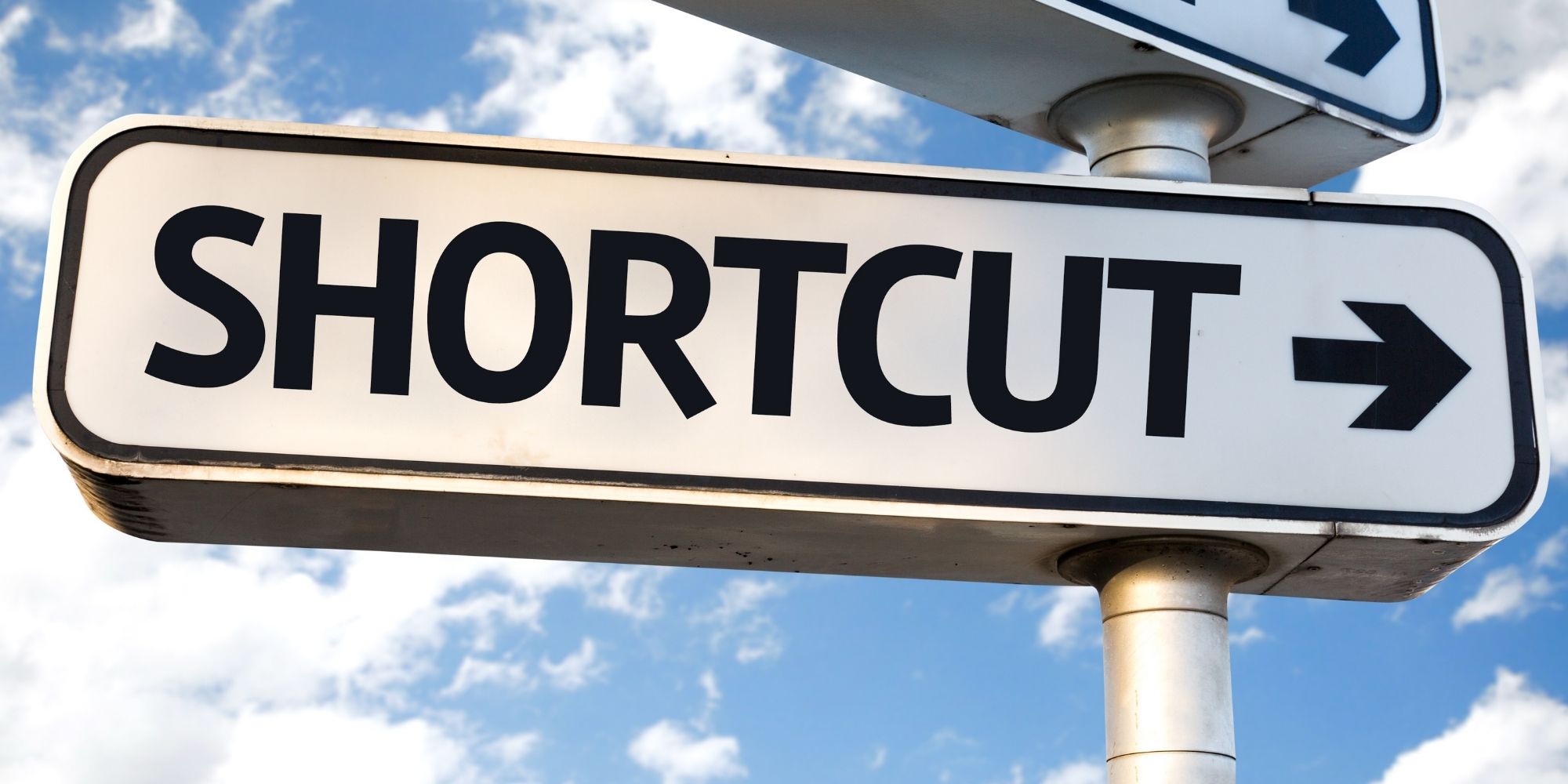A Master Class: Unlocking The Psychology of Customer Experience
Learn more about Colin Shaw: Join over 80,000 people on our LinkedIn Newsletter list or visit our website for more great podcast episodes.
Listen to the podcast:
This issue is the first in an eight-part series to explore customer behavior and the psychology driving it. Each part will explore the various psychological aspects of Customer Experiences to clarify what they are and provide practical advice about using them. Today, we will look at why customers make instant decisions and what you can do to influence those in your favor.
When it comes to customer behavior, you probably heard me say before that it is not only one thing that happens; multiple influences affect what customers do or say. Academics refer to this situation as high causal density.
You probably also remember that no silver-bullet solution exists to a problematic Customer Experience. Everyone would love to find one, including me, but it doesn’t exist. There isn’t one thing an organization can do to transform the entire experience; it takes multiple approaches to get the type of overhaul most organizations want or need.
In this newsletter issue, we will examine the various influences and group the psychological concepts associated with customers’ decisions. We will look at what they mean together or have in common to foster a holistic understanding of experience psychology. The goal is to make you more agile in your efforts to understand your customers’ behavior so you can create a realistic plan to deliver the experience they need to decide to return.
Needing the Shortcuts is Human.
People look for shortcuts for the cognitive work they need to do. So, we don’t always evaluate all the information that we have. Instead, we often make judgments and decisions based on shortcuts.
A clever scientist named Herbert Simon started using the word heuristic to describe that shortcut process back in the 1950s. So, heuristics are what we call these cognitive shortcuts.
From a layman’s perspective, a heuristic is akin to the rule of thumb. For those of you who are not familiar with colloquialism, a rule of thumb is developed from experience, not hard data. It describes a rule one uses to decide something that works out well for you if you follow it.

There are many heuristics. You probably have a few you use in your life that you developed independently. For example, my podcast partner always chooses apples from the bottom of the bin because they haven’t had all the other shoppers’ grubby hands on them. Now, that one hadn’t occurred to me, but reflecting on it, I might start following his lead.
Researchers have studied a few common heuristics that represent how our brains work. Let’s talk through four of them:
#1: Anchoring and Adjustment
We use anchoring and adjustment all the time. It’s a quick, easy way to estimate. When judging, we use an example from something we know and adapt it to the situation.
For example, if someone asks you to estimate the height of a tree, you can use the two-story house next to it to help you. If a home is two stories, it’s probably around 25 feet tall. Then, you can compare that to the tree, use the 25-foot anchor as the measure, and adjust it to its height. If it’s one and a half times taller, the tree is about 37 feet tall.
However, this heuristic can lead to biases. For example, if we choose an irrelevant anchor from the environment and adjust from there, our estimate can be significantly off. Also, we sometimes need to adjust more. We tend to stay too close to the anchor where we started.
Pricing is an area where anchoring and adjustment can be a problem. For example, if you read an advertisement where the product shown has “from $99” next to it, you might think that sounds pretty good pricing-wise. They have your attention.
However, if you learn more about the offer and realize that the product’s price with everything you want included is closer to $500, you feel conned. You were expecting $99 and didn’t register the “from” next to it. (Helpful hint: customers don’t like feeling conned, so be careful using this tactic in your messaging.)
#2: Focusing Effect
When deciding, we have too much information to cope with. Much of this information is beyond our ability or not worth our time and effort to understand. So, to manage the onslaught, we focus on something. We may choose what is most important or information that is easiest for us to understand. Then, we decide based on that focus.
I am currently in the middle of a kitchen remodel. It’s for my house in the UK, which uses a radiator to heat the room. However, you have to consider the room size when choosing a radiator to ensure you get one that can heat the room it is in. So, to help me with this radiator-choosing process, I focused on the BTUs, which stand for British Thermal Units).
To be clear, I didn’t know about BTUs before I started this process. Nevertheless, I went off on a tangent about BTUs and got thoroughly confused. My wife Lorraine had a simpler heuristic: color. She found a cream one and liked how it looked. You can probably guess which one we bought.
However, looks are a reason some segments of customers buy things. Apple has beautiful design; many people buy Apple products because they like how they look. Never mind the chip’s processing power, screen type, or improved battery life; give them a good-looking laptop, and these customers will be happy.
Therefore, it is essential to consider what the customer is focusing on in your decision. How can you build that anchor into the experience?

#3: Availability Heuristic
In the early days of behavioral economics, the Availability Heuristic was foundational. This heuristic uses the feedback from our brains and thinking processes to determine information. So, suppose you need help imagining something happening or remembering real-world examples. In that case, you estimate the likelihood of it occurring as less than what you understand or have several examples to call upon easily.
It’s easy to see how this could happen. It’s also easy to see where this can go wrong for you.
For example, in the 1990s through the early 2000s, crime rates in the United States dropped precipitously. The murder rate fell by half. It was amazing. However, if you asked Americans at the time how they felt about crime, many would have said they lived in more dangerous times than ever before.
Some people think this disparity is due to the rising consumption of cable news at the time. We were suddenly surrounded by information about crime all the time because the news became ubiquitous.
So, as the information about crime became more available, we had more easily accessible examples. Therefore, we estimated it was much more likely to happen, even though objectively, it was less likely and less likely by a lot.
#4: Representativeness
Representativeness describes how we estimate the likelihood that something belongs to a certain category or class based on how much it seems like it should.
Consider this example: Two men are pictured on a website in a headshot format. One is wearing a hooded sweatshirt that looks like it has seen better days, and the other is wearing a tweed jacket and button-down shirt with a pipe clenched between his teeth just below his reading glasses.
Which one is the professor?
Chances are you said the one wearing the tweed jacket was the professor.
Representativeness would explain your choice by pointing out that the second description was more stereotypical of what a professor would wear. So, it seems like the college professor would smoke a pipe and wear reading glasses and a tweed jacket. (For the record, my podcast partner, Professor Ryan Hamilton from Emory University, always wears ratty sweatshirts. He has a tweed jacket and wears glasses, too, but he doesn’t smoke.)
So, what should you do with all this information?

As you think about these thinking shortcuts customers use, consider how they fit into your current experience. For example, you know the phrase, First impressions are lasting impressions.” That’s because most of us anchor on those first impressions. Naturally, that makes you think about the first impression your experience makes. Is that the anchor you want customers to use?
So, to recall my earlier pricing example, if your first impression is an ad that emphasizes a $99 price point, but the actual price that most people end up at is $500, are you making the right first impression? Probably not. There is a net loss when you attract customers and immediately disappoint them. That first impression forms an anchor that drags your experience down into the depths.
Regarding the focusing effect, it is critical to understand which area is valuable to the customer. That area is likely where customers will base their comparison between competitors. So, how will you get that information to them about your product or service?
The same goes for the other two. Knowing what is representative to customers helps you understand their expectations. Considering what examples customers can call upon with the Availability heuristic will help you appreciate the reasoning behind customer decisions and present the opportunity to influence those instances, too.
Understanding all these heuristics is crucial when designing an experience. So, start by learning more about each of these effects. Whether that’s one of our episodes on the subject, reading about them in one of the many books on the topic, or even scouring a Wikipedia page, knowing how each works will help you improve your design approach.
Once you know about them, analyze the themes between them. For example, these heuristics help simplify decisions and provide information shortcuts. Few customers want to do the hard math or weigh the pros and cons for the inherent tradeoffs in choices, especially when it’s an area they aren’t familiar with or don’t want to be familiar with (I’m looking at you, radiator specs). So, can you look for ways to provide those shortcuts to improve the decision-making process for people?
Furthermore, it’s critical to remember that not everybody is going to simplify this decision the same way. An important part of segmentation should be determining how different groups of customers make decisions and providing channels for those shortcuts. How can you anticipate the customers who care about esthetics versus the ones who compare performance? What simplifying strategy will work for customers who visit you via the web versus in the showroom? Serving these segments with simplification in a way they prefer is essential to your design.
To summarize, the general theme of simplification, in a way that facilitates your customer goals, will serve you well. These heuristics can help you understand people and help guide your design decisions. Providing an appropriate heuristic not only gives customers a shortcut to making a decision but could also provide a shortcut to a sale.

If you have a business problem that you would like some help with, contact me on LinkedIn or submit your pickle here. We would be glad to hear from you and help you with your challenges.


